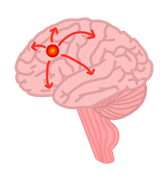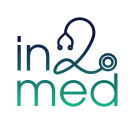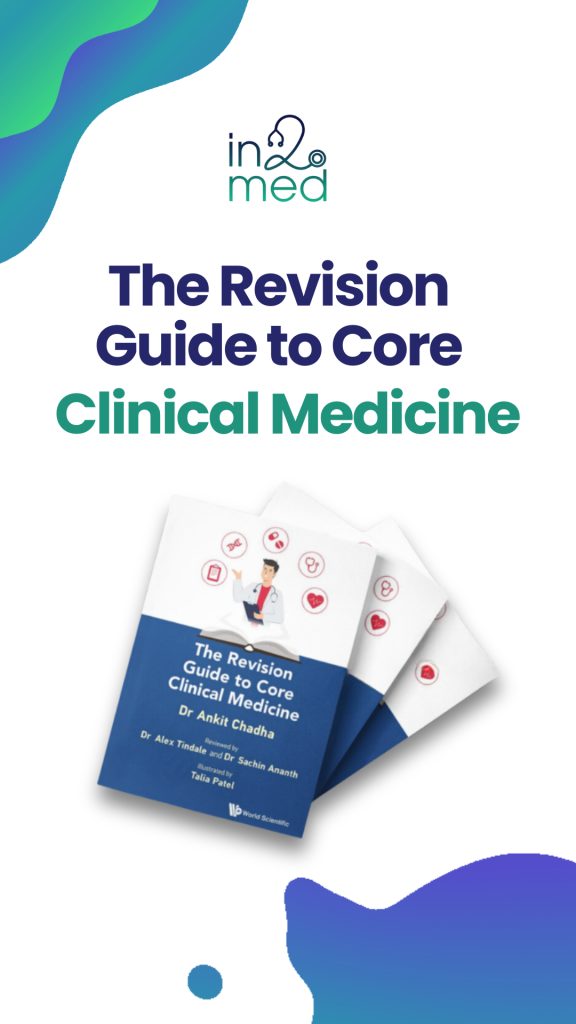Anti-Epileptic Drugs
Na+ channel antagonists
These agents block sodium channels in the CNS by binding and prolonging the inactivated state of channel.
Their action is use-dependent, so they are more active during seizures characterised by excessive neural activity.
They all have teratogenic potential and so are used with caution during pregnancy.

Phenytoin
This drug is used in the management of status epilepticus, after initial measures have been unsuccessful. It has a low therapeutic index with many adverse side effects.
It displays zero-order (nonlinear) kinetics at therapeutic doses, meaning that a small dose change can lead to significant concentration change.
Side effects
These can be remembered with the acronym PHENYTOIN:
P450 enzyme inducer
Hirsutism
Enlarged gums (most common side effect)
Nystagmus
Yellow browning of skin
Teratogenicity – leads to foetal hydantoin syndrome (cleft lip/palate, microcephaly)
Osteomalacia – leads to excessive Vitamin D metabolism
Interference with B12 – Anaemia
Neuropathy
Carbamazepine
This is used in the management of focal and secondary generalised seizures, as well as trigeminal neuralgia.
It can worsen absence and myoclonic seizures.
Side effects
These can be remembered with the acronym CARBA-MEAN
Confusion
Ataxia
Rashes (Stevens-Johnson Syndrome)
Blurring of vision
Agranulocytosis
Marrow suppression
Enzyme (P450 inducer)
ADH release (causes SIADH)
Neural tube defects (can worsen absence/myoclonic seizures)
Sodium valproate
This is a Na+ channel antagonist which also potentiates GABA activity.
It can be used in all forms of epilepsy and is used first-line in myoclonic seizures.
It is highly teratogenic and so should be avoided in child-bearing females.
Side effects
These can be remembered with the acronym VALPROATE
Vomiting
Appetite up
Liver toxicity
Pancreatitis
Retention of weight
Oedema
Alopecia
Teratogenic (NTDs)
Enzyme (P450) inhibitor
Lamotrigine
Lamotrigine inhibits voltage-gated sodium channels, stabilises presynaptic neuronal membranes and inhibits presynaptic glutamate and aspartate release.
It is a good choice during pregnancy.
Side effects
Associated with Stevens-Johnson syndrome and must be titrated slowly
Topiramate
This is a drug which blocks sodium channels and increases GABA activity whilst inhibiting glutamate activity, as well as inhibiting carbonic anhydrase.
Side effects
Weight loss
Renal stones
Cognitive disturbance
Worsening of glaucoma
Levetiracetam (Keppra)
This drug binds to the SV2A receptor, a synaptic vesicle glycoprotein.
It also inhibits presynaptic calcium channels, reducing neurotransmitter release and acting as a neuromodulator.
It can lead to depression and suicidal thoughts, but it is usually well tolerated.
Ethosuximide
This inhibits T-type calcium channels and is the drug of choice for absence seizures.
Benzodiazepines
These are the first choice for status epilepticus
Disclaimer




